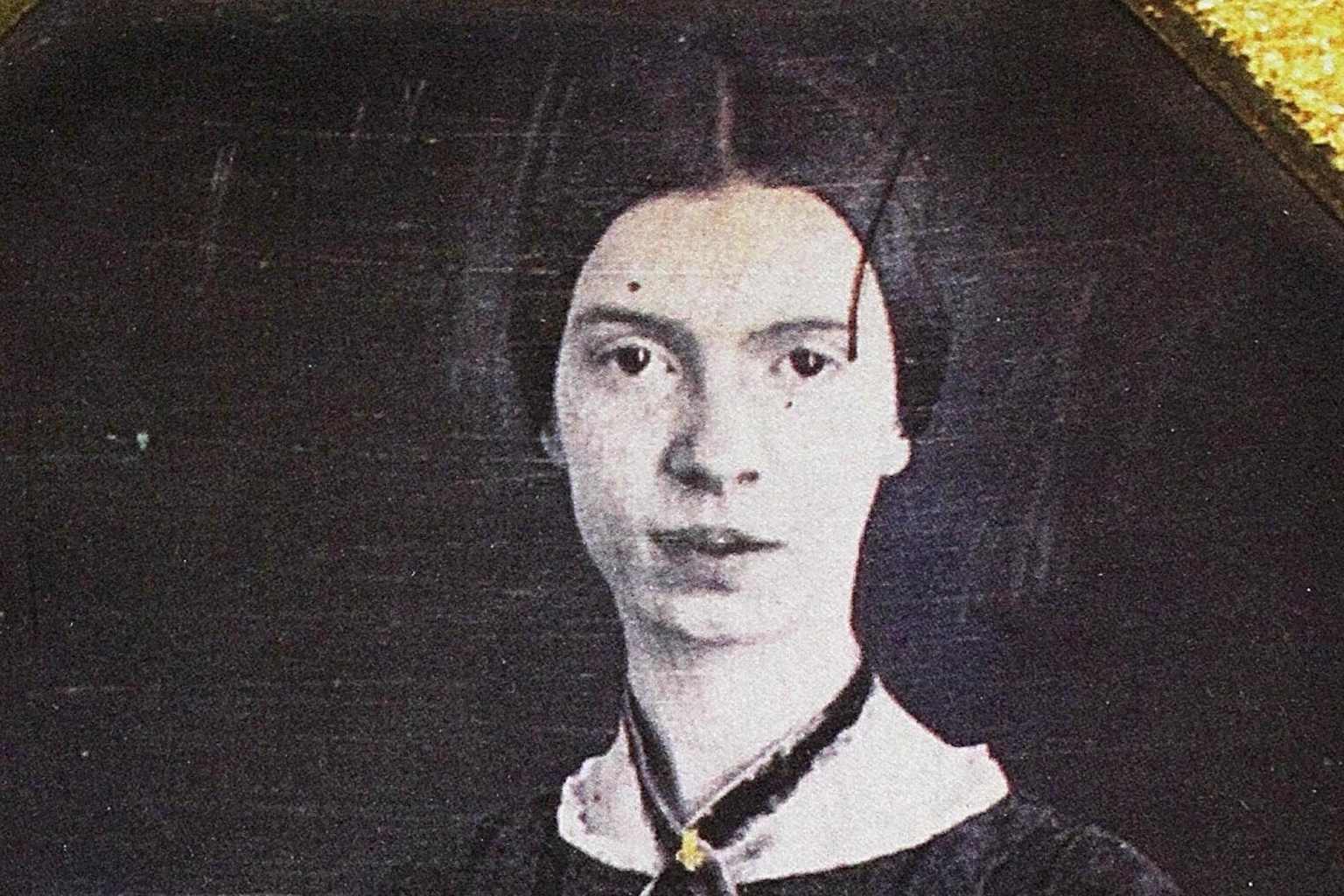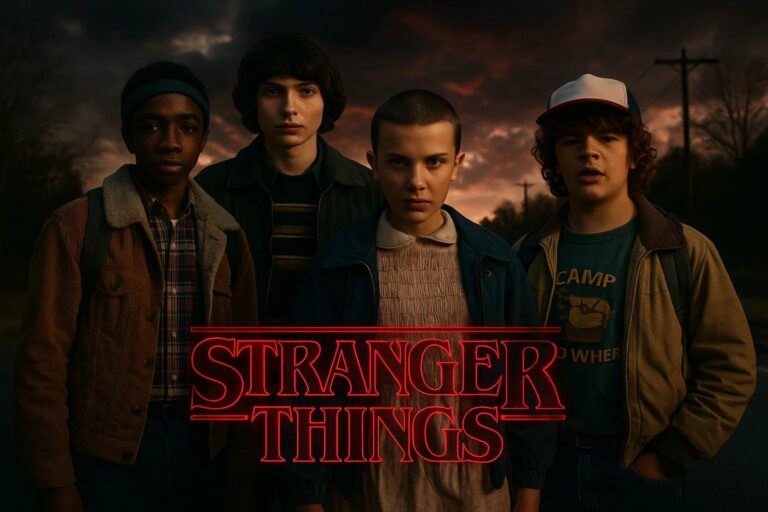As a poet and literature student, I am ashamed to admit that I got introduced to Emily Dickinson a little late in life. For years, her name was floating in the periphery of my reading list but I never read any of her poems until a few months back. Her words felt like she was whispering secrets inside my ear. They were delicate, yet they could awaken a thousand different emotions in me, or anyone.
Reading her felt like being gently unmoored, like the easiest path to self-discovery. She will remind you that the simplest words can carry the greatest weight. In this list, I have gathered the 12 best poems by Emily Dickinson, her most striking works, the ones that left me wanting for more, with the hopes that it will make you feel the same sense of wonder and intimacy her poetry has given me.
Who Was Emily Dickinson?
Born in the 19th century (10th December 1830-15th May 1886), Emily Dickinson has become a phenomenon in American poetry. She is one of the most prolific poets of all time, with her 1800 poems in her name, although only a few were published when she was alive. The rest were published posthumously.
On the surface, her poems appear deceptively simple. If you analyze them, they get more complex and deeper. She wrote short sentences and favored dashes over other punctuation. Had she been a poet in today’s times, she would have been flagged as AI.
The themes of her poem include beauty, love, death, faith, and the self. Unlike other poets, she doesn’t look at death as something to be scared of. She approaches death with curiosity and even wit.
Top 9 Emily Dickinson Poems
Dickinson was a heavy reader, including Shakespeare’s works, to hone her poetry writing skills. Emily’s readers are obsessed with her work, and some of them have even gone to the extent of getting her words tattooed on their bodies. If you are just getting started with her work, here are the best poems by Emily Dickinson:
1. I Felt a Funeral, in my Brain
Theme: Madness
Favorite Lines: “And then a Plank in Reason, broke,
And I dropped down, and down—”
This is one of the best known Emily Dickinson poems and it is also my favorite. She depicts an imaginary funeral that she is feeling inside her head. There are “mourners” and her “Sense” (sanity) is reaching its end. She portrays a plank on which she is standing on, and it breaks.
This moment suggests a final plunge into the unknown. It could be madness, death, mental health problems, or love and the funeral in her brain is a reflection of how she feels about it.
2. I’m Nobody! Who Are You?
Theme: Identity
Favorite Lines: “How dreary—to be—Somebody!
How public—like a Frog—”
Playfully challenging societal norms around recognition and identity, this poem celebrates anonymity. The poet urges everyone to stay true to themselves instead of trying to be someone they are not.
Also, through its light rhythm and whimsical tone, Dickinson critiques the performative nature of public life. She suggests a more private life that can be powerful. The poem reminds us that self-worth need not be tied to visibility or external approval.
3. Wild Nights – Wild Nights!
Theme: Passion
Favorite Lines: Futile – the winds –
To a Heart in port –
Done with the Compass –
Done with the Chart!
Emily Dickinson’s “Wild Nights – Wild Nights!” is one of the best love poems of all time that talks about longing, desire, and spiritual union. She imagines a profound closeness with her beloved, a place that’s both the means of travel and destination. Beautiful, isn’t it?
The poem portrays intense feelings, blurring the lines between physical intimacy and a spiritual connection. In just a few lines, Dickinson captures the overwhelming joy and abandon of intimacy.
RELATED READING: 7 Poems That Prove E.E. Cummings Is The Only Poet You’ll Ever Need To Read
4. “Hope” is The Thing With Feathers
Theme: Hope
Favorite Lines: “Hope” is the thing with feathers –
That perches in the soul –
And sings the tune without the words –
And never stops – at all –
In this poem, Dickinson personifies hope as a bird that is relentless in its pursuit of “never giving up”. The poem doesn’t ask for anything except hope. The imagery is gentle yet vivid and is sure to offer support to those who are hopeless and facing tough times.
This is one of Emily Dickinson’s greatest poems because it assures the readers that there is nothing bigger than hope. It is ever-present and offers comfort in times of adversity.
5. The Moon is distant from the Sea
Theme: Separation
Favorite Lines: Oh, Signor, Thine, the Amber Hand –
And mine – the distant Sea –
Obedient to the least command
Thine eye impose on me –
A poem I personally relate to, The Moon is distant from the Sea, is all about longing and the distance between two lovers. Two people attracted to each other but separated by life’s circumstances.
Here, the moon and the sea are cosmic lovers who are drawn to each other but they never meet. Their relationship is one long phase of yearning. Dickinson delicately weaves together tender words to bring out lovers’ passion.
6. ‘Twas Love — not me
Theme: Love
Favorite Lines: Such Guilt — to love Thee — most!
Doom it beyond the Rest —
Forgive it — last —
‘Twas base as Jesus — most!
Dickinson pens that she is awed and humbled because she feels love is acting through her. However, this love doesn’t belong to her. Love is beyond herself or oneself. She believes it is universal and nobody can cage this feeling.
According to her, love isn’t a choice. It’s a state of being. A state where you surrender yourself to it. She narrates that the paradox of love is something that is deeply personal and completely impersonal at the same time. A contradiction that transcends the self.
RELATED READING: 13 Easy Poetry Books For Beginners
7. He strained my faith
Theme: Betrayal
Favorite Lines: Stabbed—while I sued
His sweet forgiveness—
Jesus—it’s your little “John”!
Don’t you know—me?
You love someone, you trust them wholeheartedly. What happens when they break your trust? Betrayal. Shattering of faith. The short and simple lines give the poem a silent sadness, the kind that makes your spine shiver. The silence that you become when the person you love hurts you.
She wonders if this deception was on purpose and that it has left her puzzled. In just a few words, Dickinson shows the pain of doubt and the heavy weight of disappointment.
8. I can wade Grief
Theme: Resilience
Favorite Lines: I can wade Grief –
Whole Pools of it –
I’m used to that –
But the least push of Joy
Breaks up my feet –
Emily Dickinson’s I can wade Grief is a poem about self-discovery that helps you recover from grief, makes you stronger, and gives you strength in times of misery. On the other hand, joy can feel overwhelming and even destabilizing.
In simple words, Dickinson shows the strange truth that we sometimes cope better with sorrow and become better people than we would with sudden happiness.
9. Love—thou art high
Theme: Love and devotion
Favorite Lines: Love—thou are Veiled—
A few—behold thee—
Smile—and alter—and prattle—and die—
Bliss—were an Oddity—without thee—
Nicknamed by God—
Eternity—
Speaking directly to love, Emily Dickinson treats the feeling as something that’s unreachable. She admires the greatness of love and says that she feels small in front of such a big emotion. Love humbles her.
The poet accepts that love is beyond her comprehension or control. The poem combines wonder and closeness, as if love were both a faraway mountain and a close companion. Dickinson’s simple yet rich language creates a sense of grandeur while yet being extremely personal.
Conclusion
Reading Emily Dickinson’s poems isn’t just about literature. It’s a conversation she has with her readers. Every word, punctuation holds meaning and importance. These nine poems are the ones I return to when I need clarity, comfort, or simply the reminder that life’s biggest truths can fit inside a few spare lines and a well-placed dash.
Romance And Ruin: Ranking The Most Toxic Couples In Shakespeare’s Plays
Love As Moral Transformation With Iris Murdoch: The Unselfing of Eros, And The Act Of Letting Go




